#bromeliaceae
Text
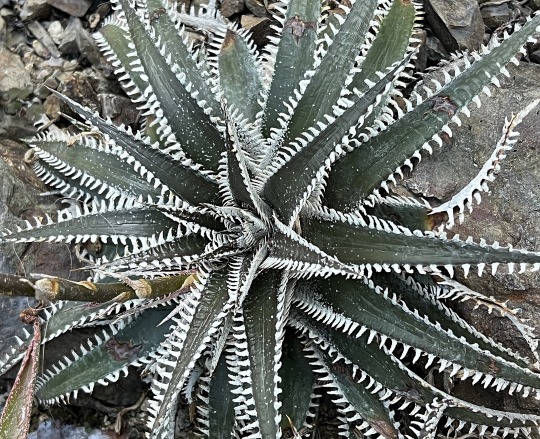
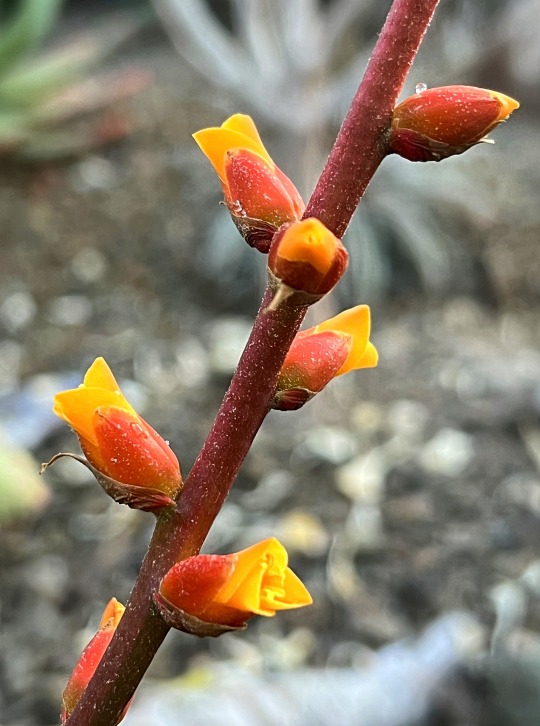
Dyckia 'Tarzan'
Dyckia is a genus in the Bromeliad Family, found in southern Brasil and southward into Uruguay, Paraguay and Argentina. The rosettes of toothy-edged leaves are reminiscent of other terrestrial bromeliads such as hechtias, but the flowers in Dyckia always have yellow or orange petals, clasped by red, orange or yellow sepals. The hybrid shown is a creation of Bill Baker, who liked the combination of blackish leaves contrasting with a fringe of white teeth.
-Brian
40 notes
·
View notes
Text


Aechmea gamosepala.
48 notes
·
View notes
Note
you know plants and i trust your opinion; i've been struggling to find any information on how to look after bromeliads and was wondering if you had any advice?
Hey my friend! Thank you for your faith in me lol. I will answer your question to the best of my ability, but I do want to preface this with the fact that I don't do a lot of horticulture — I have a handful of houseplants and briefly worked at a garden center, but I don't have authority on the topic by any stretch of the imagination.
I am also limited by not knowing what bromeliads you are trying to care for — Bromeliaceae is a large family, with ~80 genera and ~3700 known species and species across these genera are commonly kept as houseplants. However, I will work under the assumption that you are working with the houseplants commonly referred to as bromeliads* and not, for example, a pineapple or air plant. As far as I can tell, the most commonly kept bromeliad genera are Guzmania, Aechmea, Quesnelia, and Vriesea. Guzmania seems to be far and away the most commonly sold. So let's get into it: how does one care for these buggers?
Something that I think we often forget about houseplants is that these plants belong to a specific ecology, even though they are removed from that context. Our job is to replicate (to the best of our ability) the conditions their wild relatives live under.
So, with that in mind, what does the ecological context for these bromeliads generally look like?
They are epiphytes — fancy botany word meaning that they grow on other plants, but do not derive nutrients from them, as in a parasite (epi = upon, above, over the epidermis; phyte = plant). The plant they grow on is referred to as a phorophyte (phoro = bearer, carrier; phyte = plant).
They are tropical. They are mostly native to the Neotropics (American tropics), except for one species that lives in tropical west Africa and a few in the American subtropics.
They generally are found in the subcanopy, so they receive varying levels of filtered light.
From these generalizations, we can deduce that they prefer a warm, high humidity environment with indirect sun exposure. Since they are epiphytes, their root structures aren't used to absorb nutrients and instead are primarily holdfasts, used to keep the plant firmly attached to its phorophyte. So how do they absorb nutrients and water?
Most epiphytic bromeliads have a central cup, like this:

(via The Flower Bin Gardening Center)
As illustrated in this image, the base of the leaves collects and stores water. This is where you want to water your bromeliad — wet soil won't do them much good without water in their central cup!
Now, a couple sources (1,2) I'm reading say that bromeliads are pretty picky about their water source and that tap water does not a happy bromeliad make. Instead, you want to use rain, filtered, or distilled water.
Since they like a humid environment, you can mist them or run a humidifier nearby to keep their environment within the desired humidity range. This source breaks down by taxon what that could look like.
Thats about all I've got for ya! Please check out the sources I hyperlinked, they have good advice and get more specific than I am able to with the info and expertise I have :)
*horticulture does this thing where a taxonomic name for a group is applied to a subsection within the broader group (OR EVEN species no longer in that grouping) and it is a PAIN and makes life SO MUCH MORE DIFFICULT. @ horticulturalists I'm going to kill you with laser beams from my mind if you don't stop this.
22 notes
·
View notes
Text

ROSETTE
“A rosette is a horizontal cross section of a flower,” notes Albright. Imagine a circular form viewed from above.
From Wikipedia:
In botany, a rosette is a circular arrangement of leaves or of structures resembling leaves. In flowering plants, rosettes usually sit near the soil. Their structure is an example of a modified stem in which the internode gaps between the leaves do not expand, so that all the leaves remain clustered tightly together and at a similar height.
Many plant families have varieties with rosette morphology; they are particularly common in Asteraceae (such as dandelions), Brassicaceae (such as cabbage), and Bromeliaceae.
#motif#rosette#floral motif#rug pattern#rug patterns#rug motifs#rug motif#persian design#Mughal Indian design#Mughal India#Mughal empire#turkish design#persian rug#turkish rug#modified stem#Asteraceae#Brassicaceae#Bromeliaceae
11 notes
·
View notes
Text
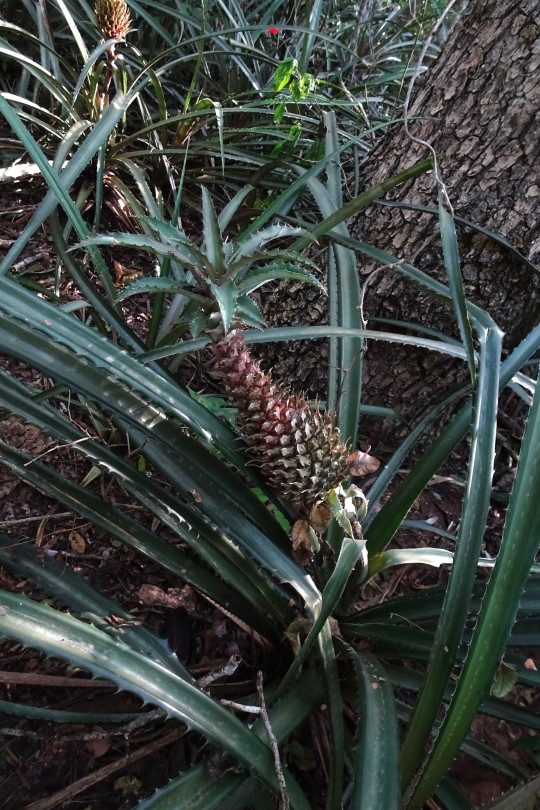
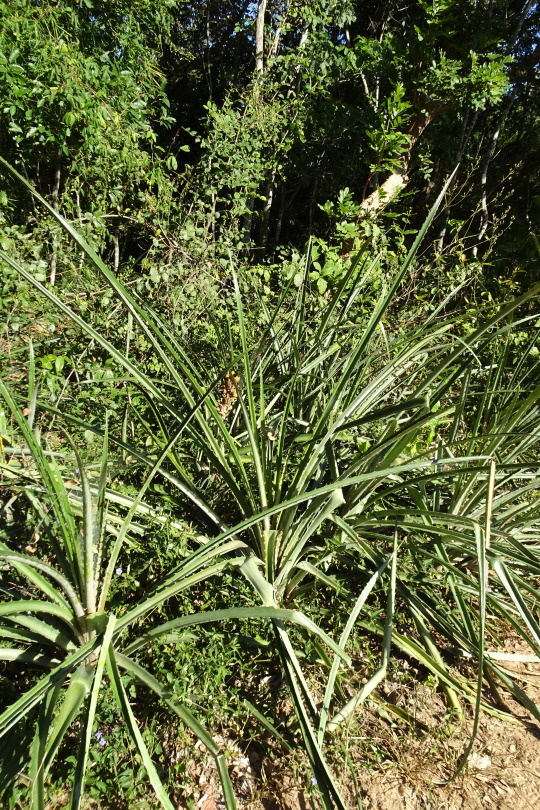


Garabatá, the name given to a couple species of Bromelia in Bolivia, is one of the fiercer plant species that you'll encounter in the tropical dry forest. The leaves have sharp projections that will tear right through your clothes! But despite its reputation as a real pain to work around, garabatá is actually a useful source of fiber, as well.
Notice how the fruit looks a bit like a pineapple - that's because garabatá and pineapples are both in the same family, Bromeliaceae! They're both bromeliads, just like air plants and Spanish moss.
62 notes
·
View notes
Text
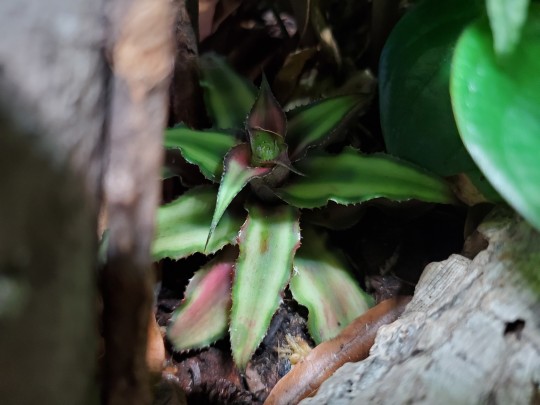
Due to the lack of light, this Cryptanthus lost its deep red coloration BUT it's starting to produce flowers! Pups will probably follow not too long after
4 notes
·
View notes
Photo
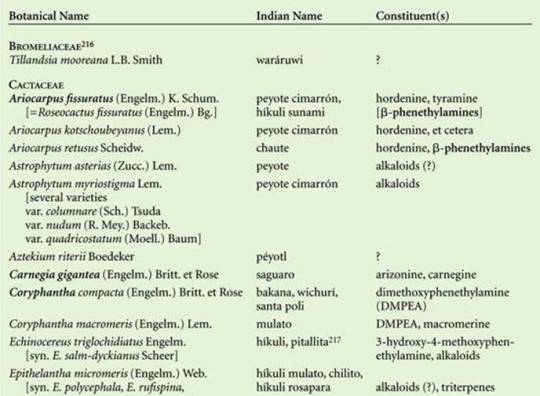

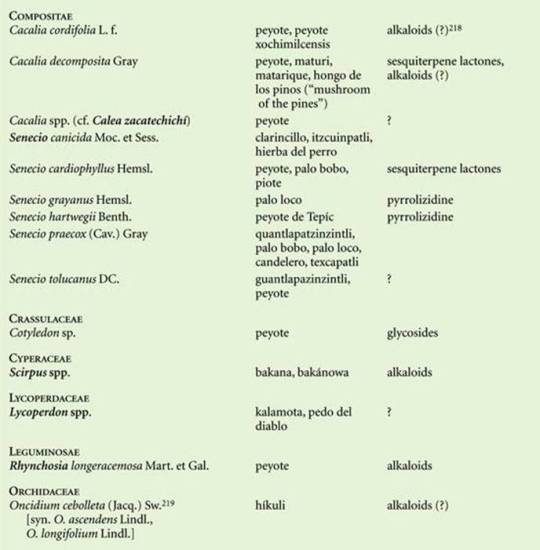
Peyote Substitutes and Plants with the Name Peyote
(From Anderson 1996b, 162f; Bruhn and Bruhn 1973; Bye 1979b*; Deimel 1996, 22; Díaz 1979*; Martínez 1987*; Ott 1993*; Schultes 1937a, 1937b, 1966*; Shulgin 1995*; expanded.)
#peyote#plant#plants#hallucinogen#hallucinogens#peyote substitute#peyote substitutes#bromeliaceae#cactaceae#compositae#crassulaceae#cyperaceae#lycoperdaceae#leguminosae#orchidaceae#hordenine#tyramine#mescaline#arizonine#carnegine#dimethoxyphenethylamine#macromerine#triterpenes#pellotine#lophophorine#anhalidine#anhalonidine#methyltyramine#sesquiterpene lactones#pyrrolizidine
4 notes
·
View notes
Text
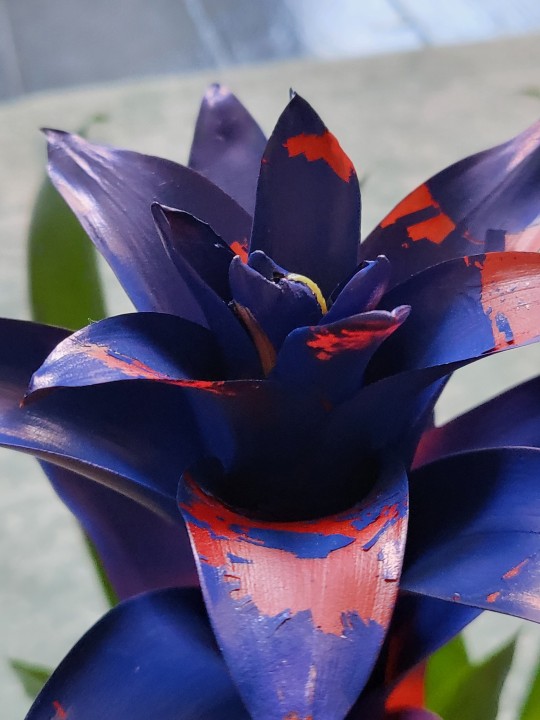
#flora#plants#flowers#purple#red#blue#gardening#garden#plant#bromeliaceae#bromeliads#bromelina#green#greenery#botany
3 notes
·
View notes
Text

Piña
Imagen: rawpixel
0 notes
Text
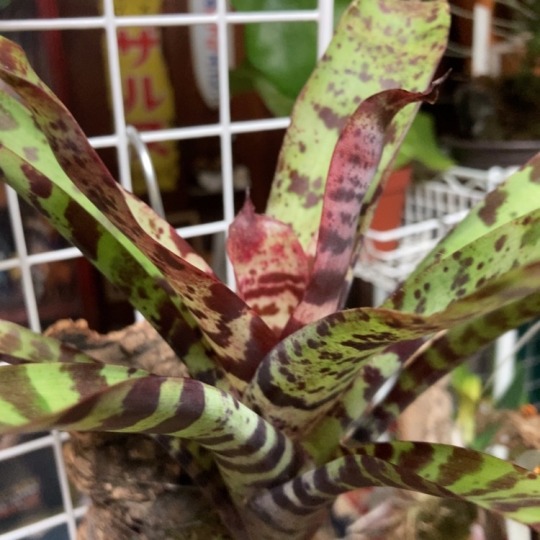
霜焼けではないけど寒くて葉っぱが赤い葉っぱが出ちゃったフリーセアくん。寒くてすまんよ。
0 notes
Video
Missouri Botanical Garden 9/26/23 by Sharon Mollerus
#Scientific name: BillbergiaFamily: Bromeliaceae#St. Louis#Family: Bromeliaceae#mobotgarden#Missouri Botanical Garden#MO#Scientific#name:#Billbergia#Family:#Bromeliaceae#flickr
0 notes
Text
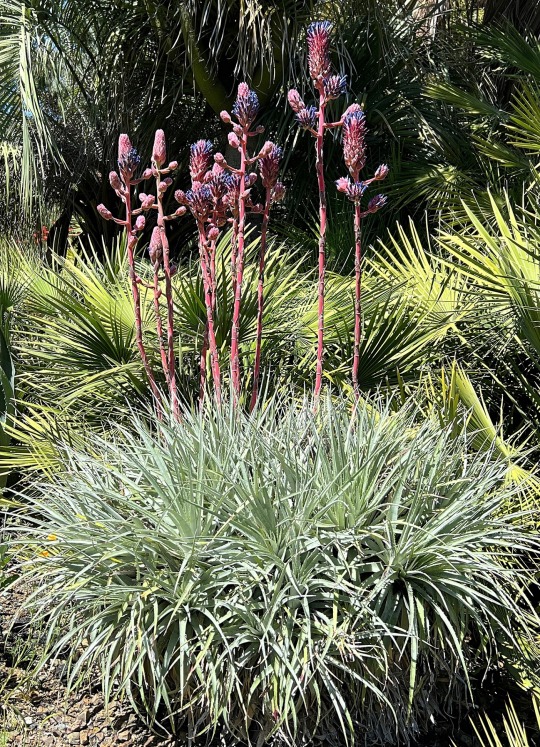
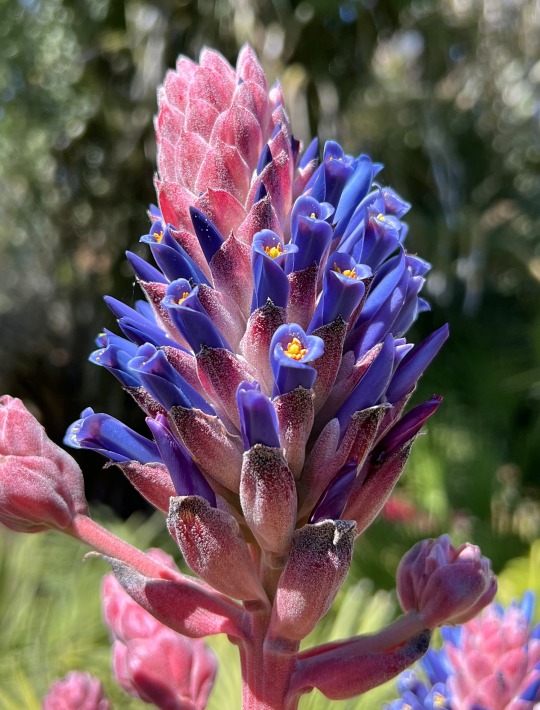
Puya venusta
Puyas belong to the Bromeliad Family, and they mostly occur along the Andes mountain range, from Colombia in the north down to Argentina and Chile in the south. This one is Puya venusta, from north-central Chile. When not in flower, its large clumps of silvery rosettes look a lot like those of Puya coerulea, also from Chile, but its amazing flowers are distinctive. When it emerges, the inflorescence sports little pink clubs jutting out from the main flower stalk, but the WOW factor comes in when the contrasting blue or purple tubular flowers protrude from the pink bracts. Our plant was a donation from Annie's Annuals, a well-known nursery in the San Francisco Bay Area. It had been planted in one of their demonstration beds, but it became too large to keep there, so we were happy to give it a permanent home.
-Brian
61 notes
·
View notes
Link
#Bromeliaceae#ColtivazionedelleBromeliaceae#ColtivazionediVriesea#CuradellePianteTropicali#Fiori#Fioritropicali#PiantedaInterni#Piantedecorative#PianteTropicali#VrieseaxPoelmanii
0 notes
Text
CLIQUE NA FOTO PARA VER DETALHES
0 notes
Text

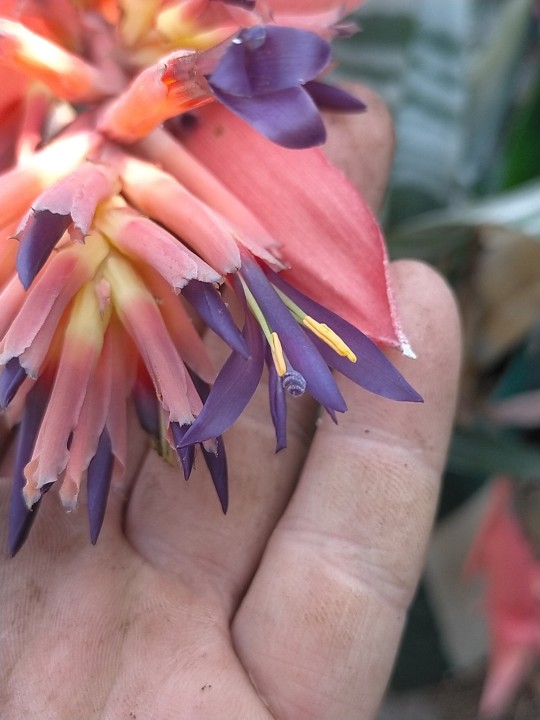
Billbergia sp/cv
02-AUG-2023
Melbourne, Vic
#australia#victoria#melbourne#flowers#pink and purple#pink#purple#bromeliad#commelinids#poales#bromeliaceae#bromelioideae#billbergia
1 note
·
View note
